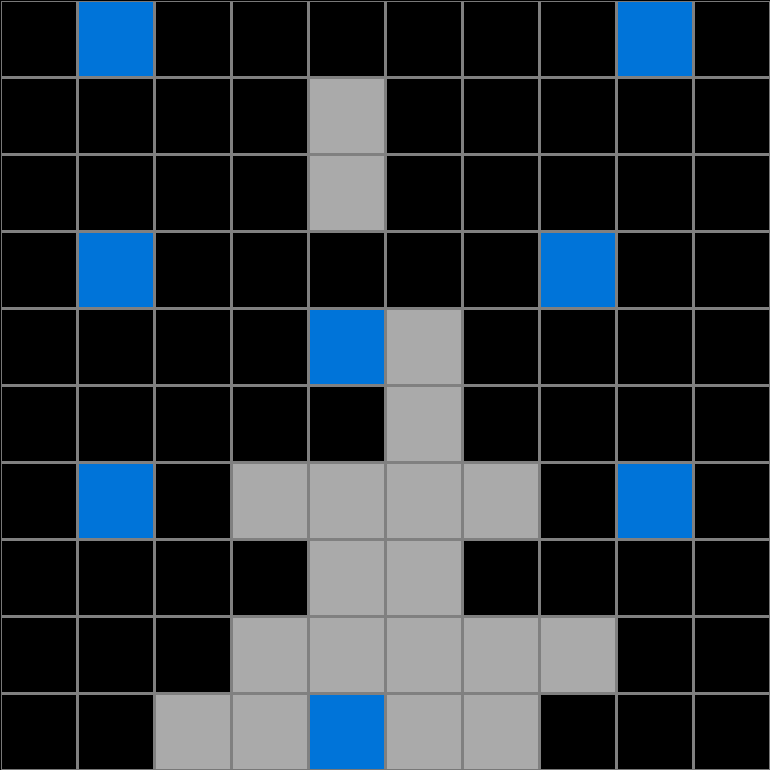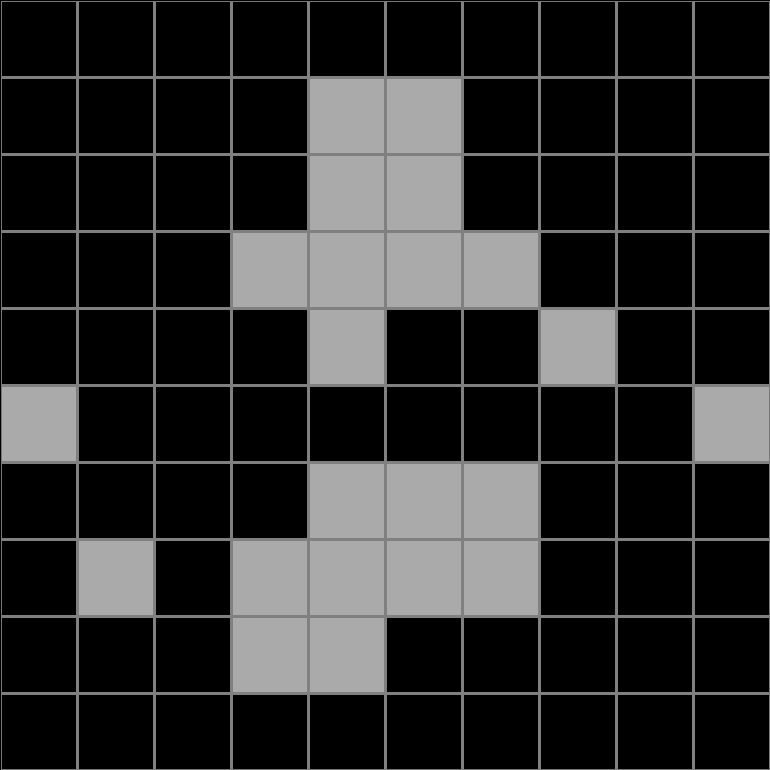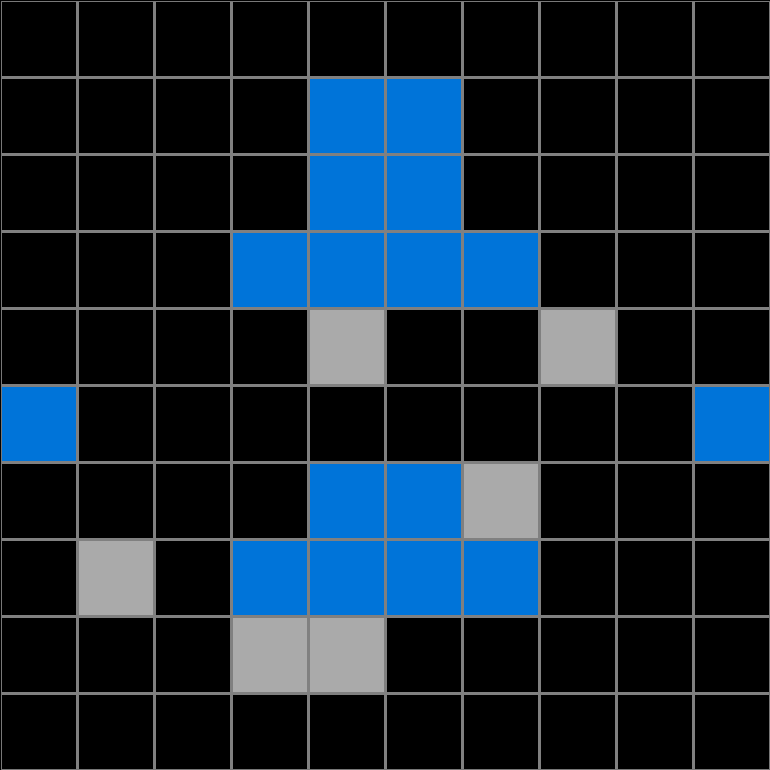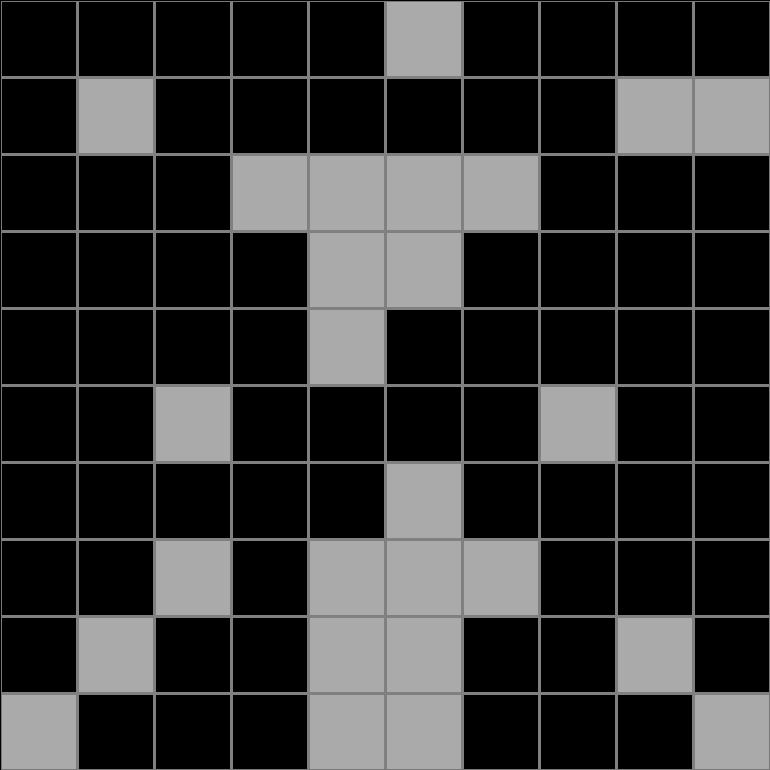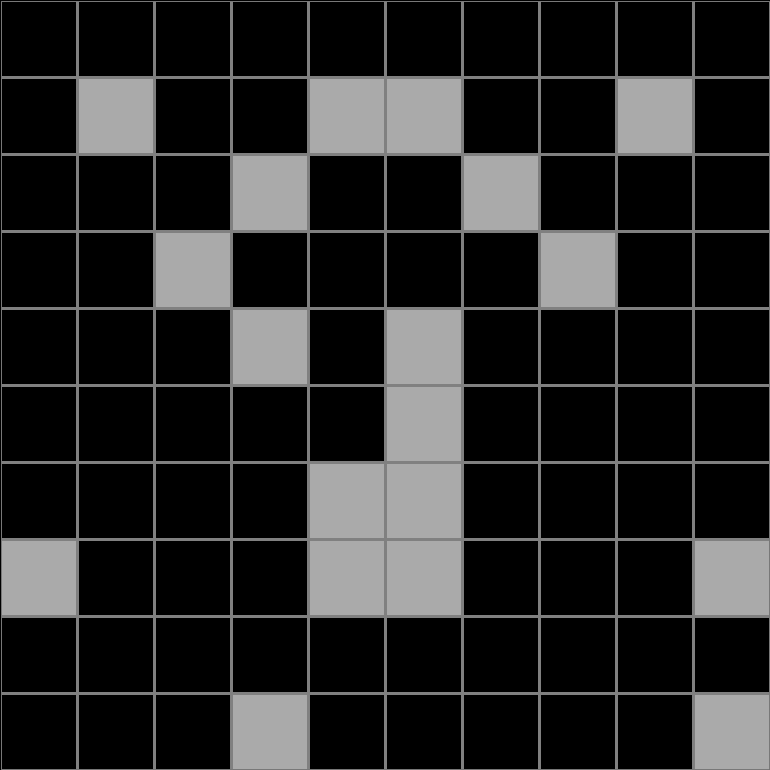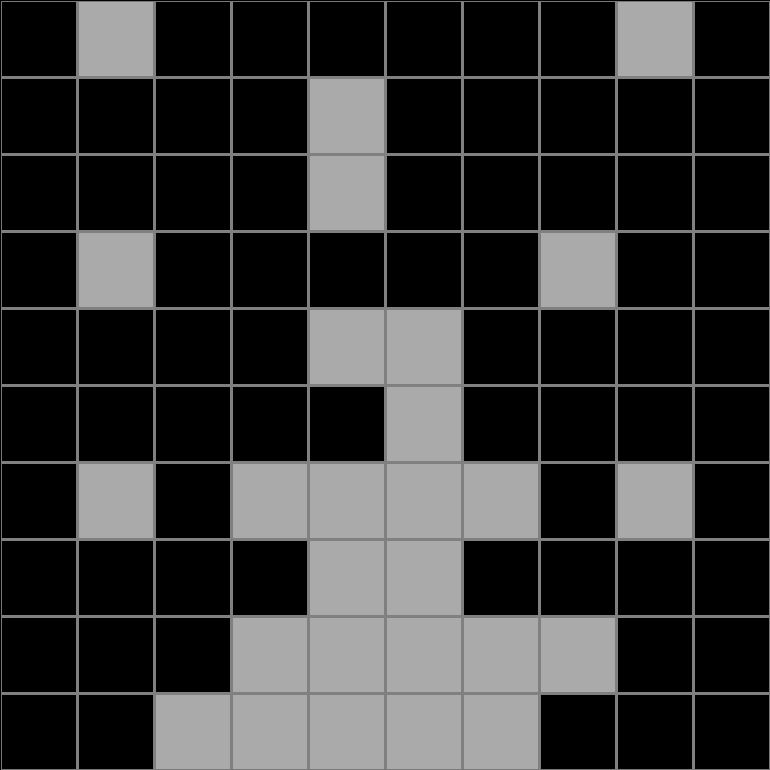Participant 1
Initial description: The third row from the bottom will always change the gray to blue, as will the second column from the right. The shapes can fill in blue but the upper right remains gray.
Final description: I can't find any recognizable pattern or any common traits between all four examples.


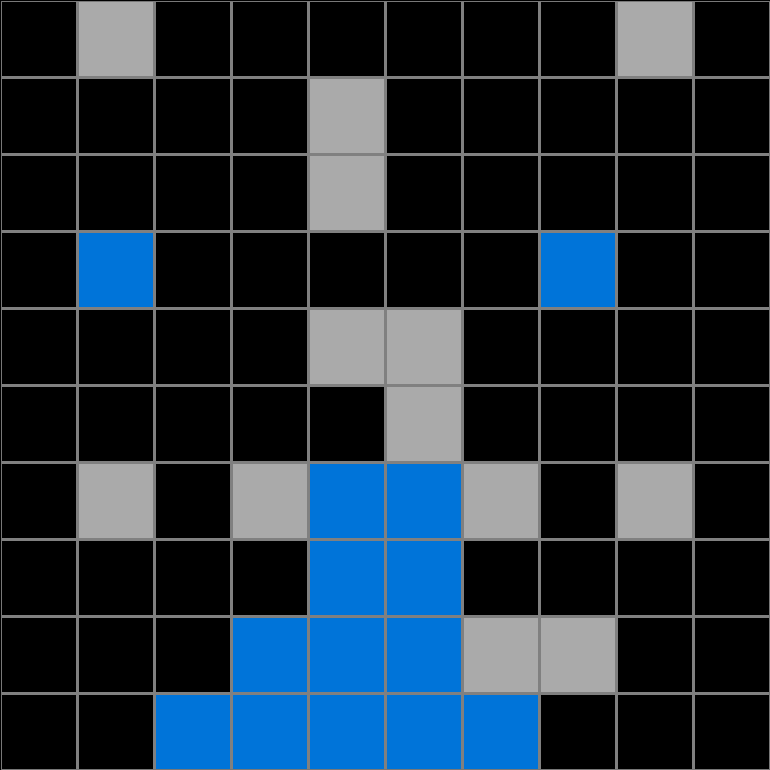
Participant 2
Initial description: Honestly No Idea, I cannot determine a solution.
Final description: No Clue, Very confusing and I'm feeling dumb.

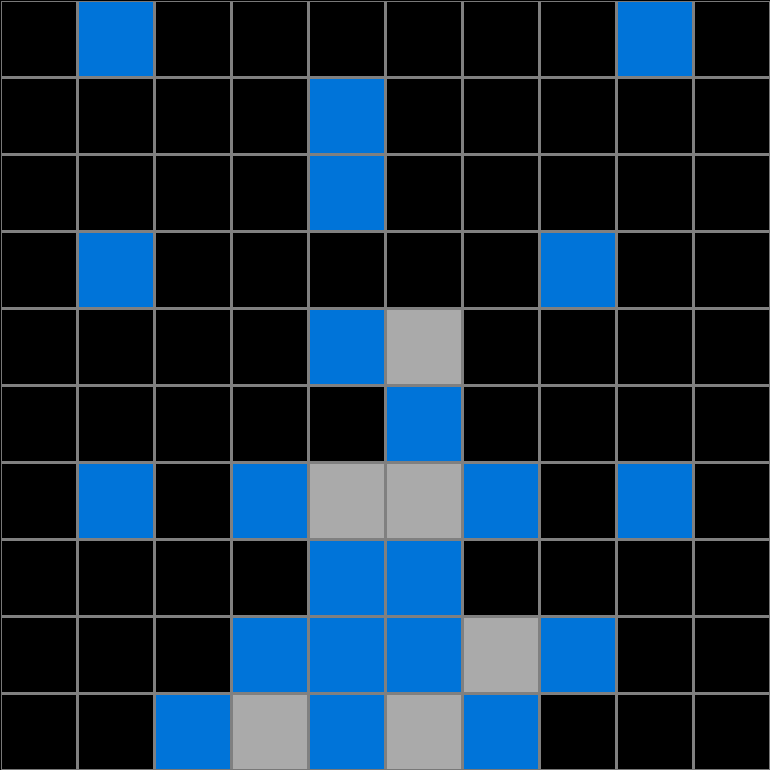
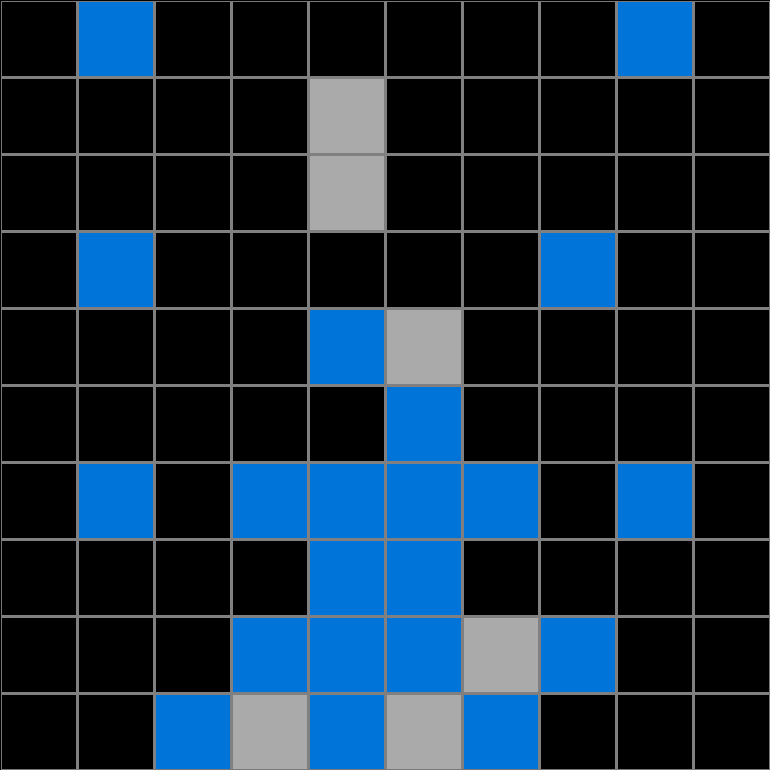
Participant 3
Initial description: The 2's and 4's were blue
Final description: I think that it was supposed to have an even number of black blocks surrounding the blue ones
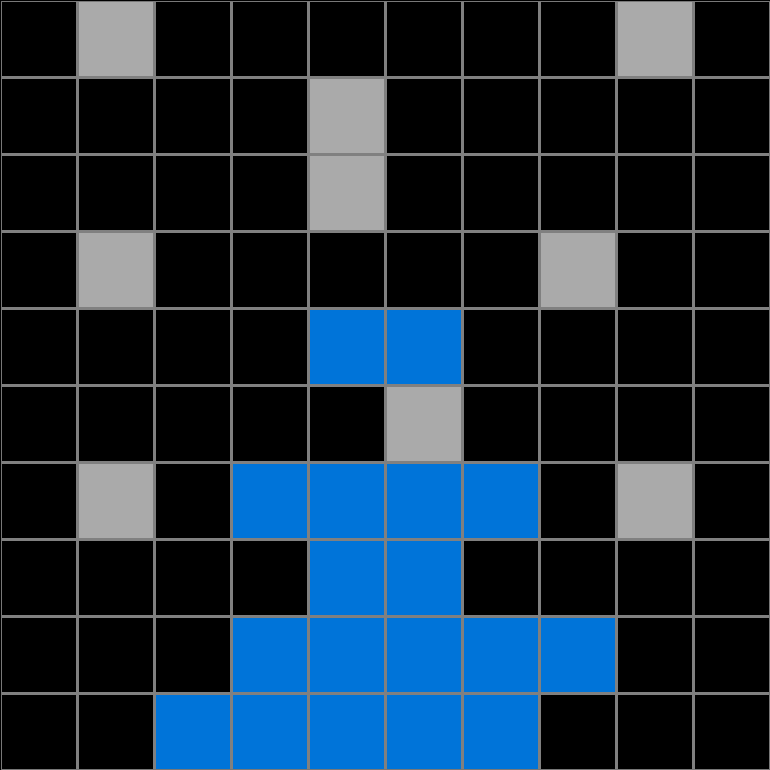
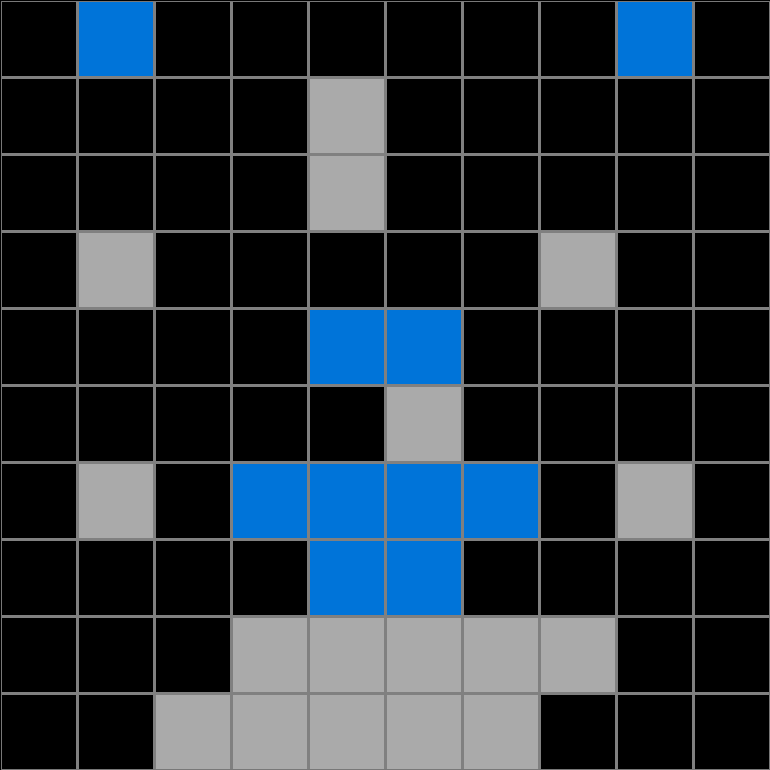
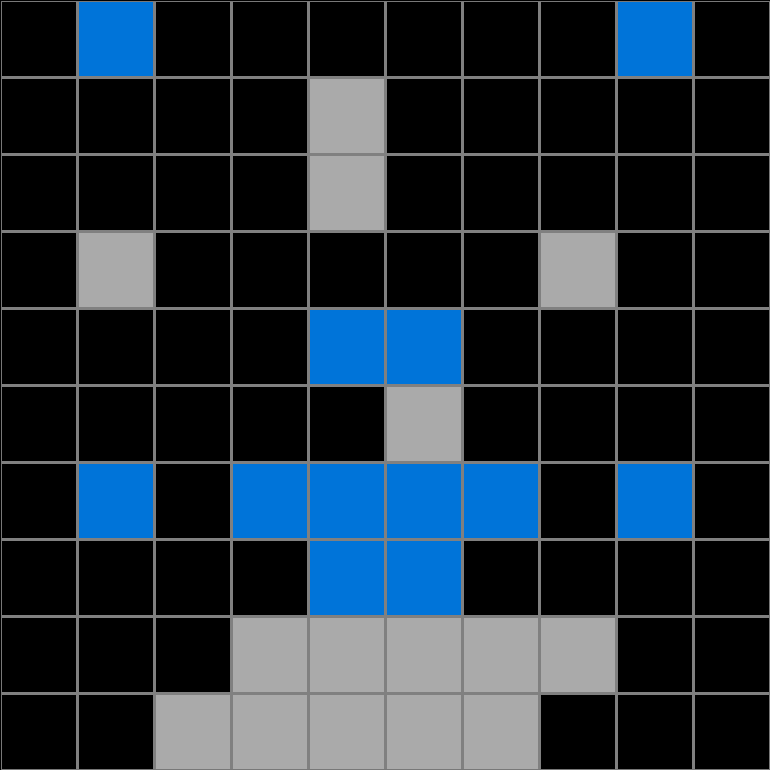
Participant 4
Initial description: Copy the entire input into the output. Then draw a line down the middle and turn blue any grey squares that are mirrored exactly on both sides of the mental line you drew down the middle.
Final description: Copy the entire input into the output. Then draw a line down the middle and turn blue any grey squares that are mirrored exactly on both sides of the mental line you drew down the middle.
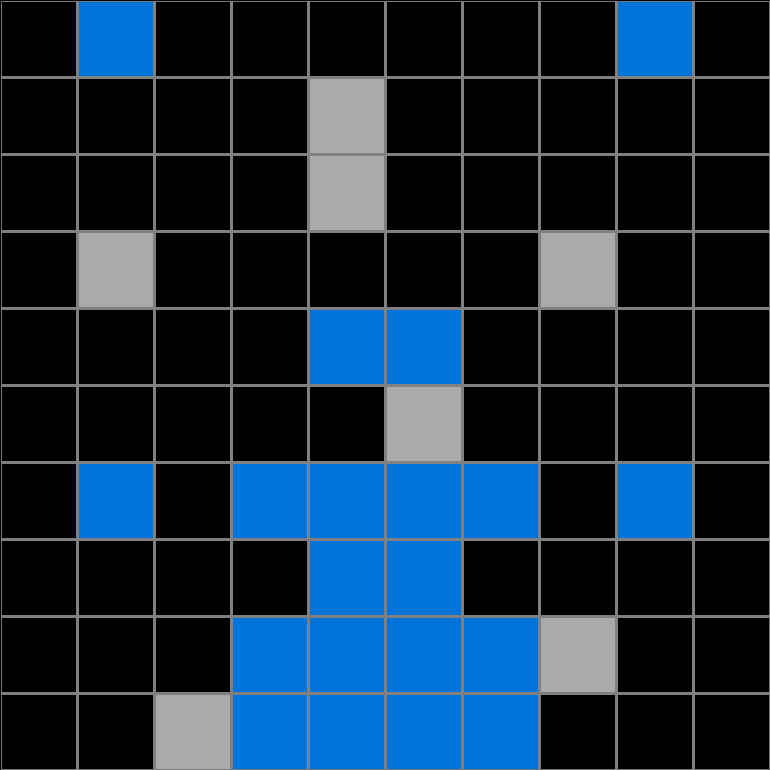
Participant 5
Initial description: Randomly color some of the gray blocks blue.
Final description: Try to make a symmetrical color of blue blocks replacing gray ones.

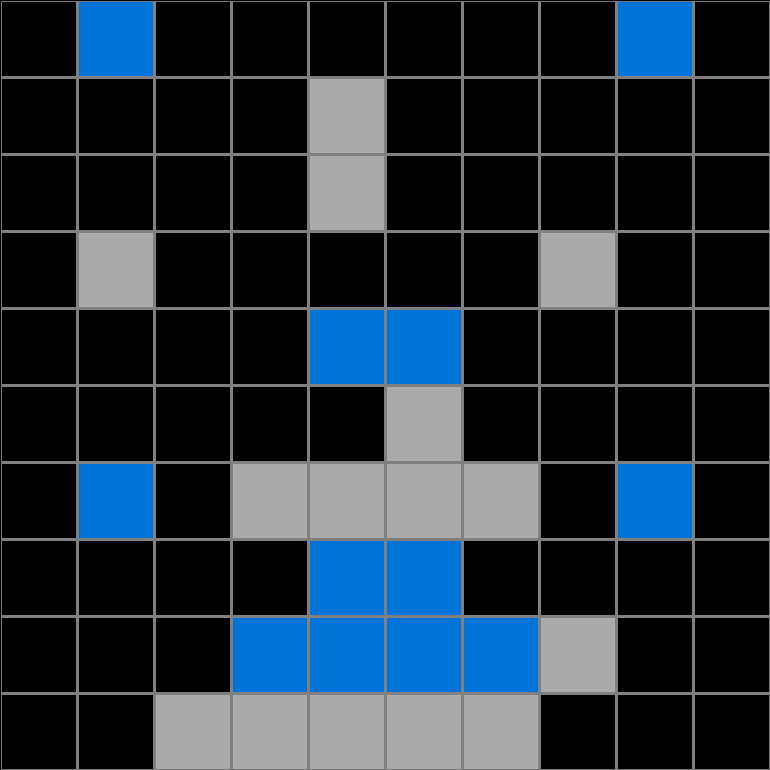
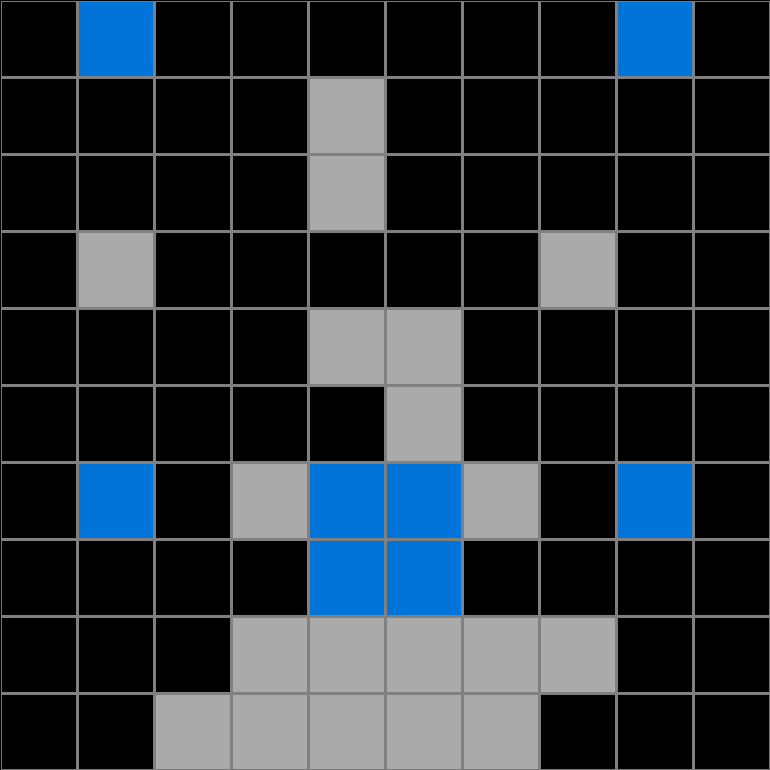
Participant 6
Initial description: If a line of grey squares goes at least two horizontally or 3 vertically, then color that specific section blue.
Final description: I thought that if the squares were at least two lines horizontally, to color them blue, and if the squares were alone, color the ones in that made a symmetrical pattern.
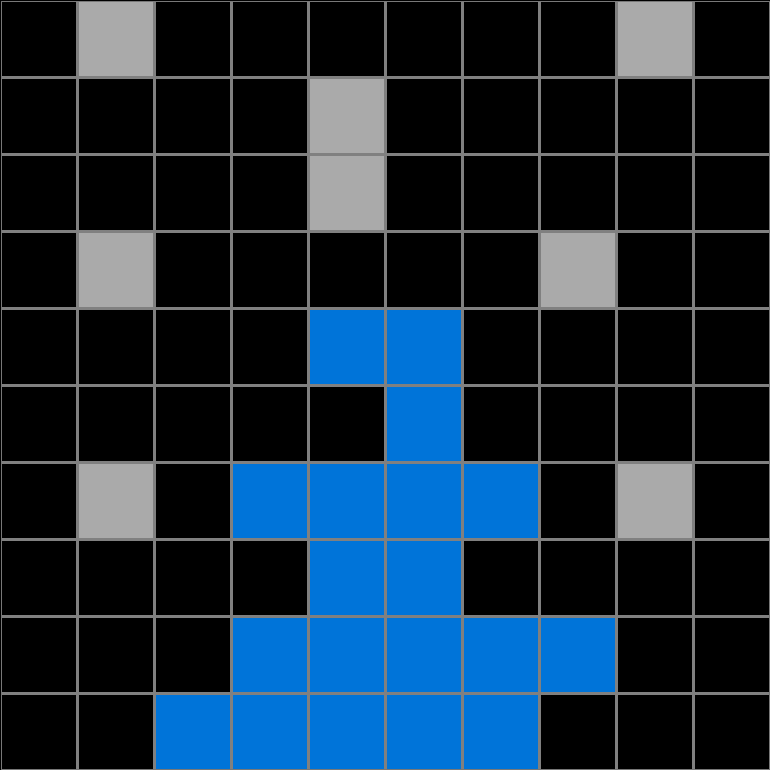
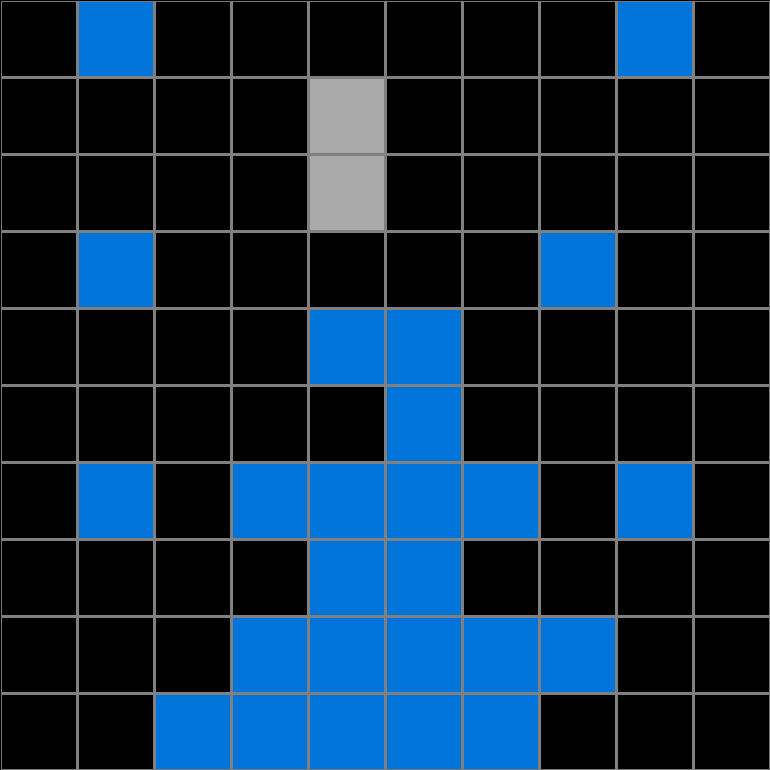
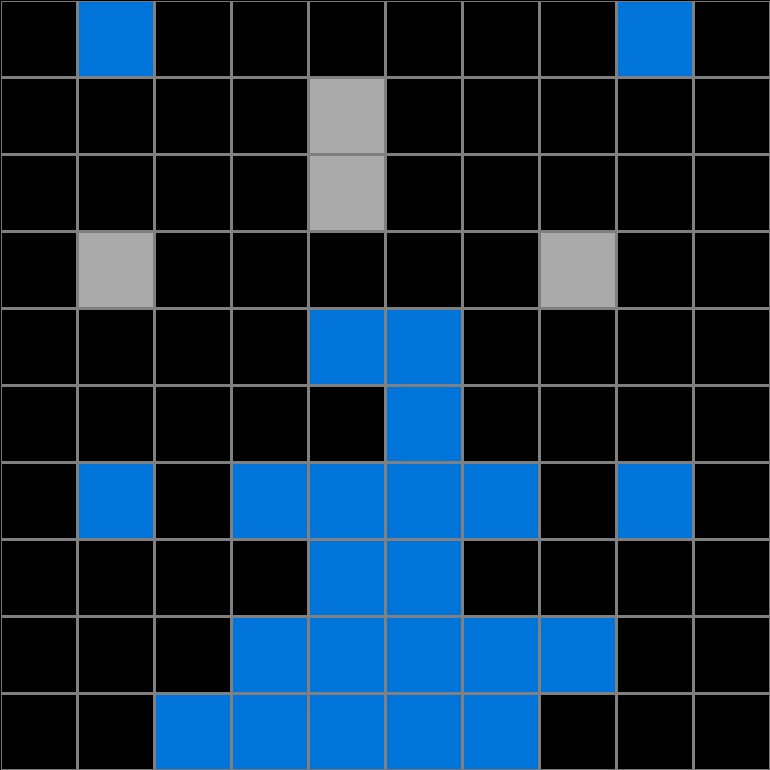
Participant 7
Initial description: The input pattern is repeated for the output pattern on the same sized grid. However, grey squares that have a symmetrical partner on the other side of the grid, across the vertical line of the grid, are both colored blue.
Final description: The input pattern is repeated for the output pattern on the same sized grid. However, grey squares that have a symmetrical partner on the other side of the grid, across the vertical line of the grid, are both colored blue.
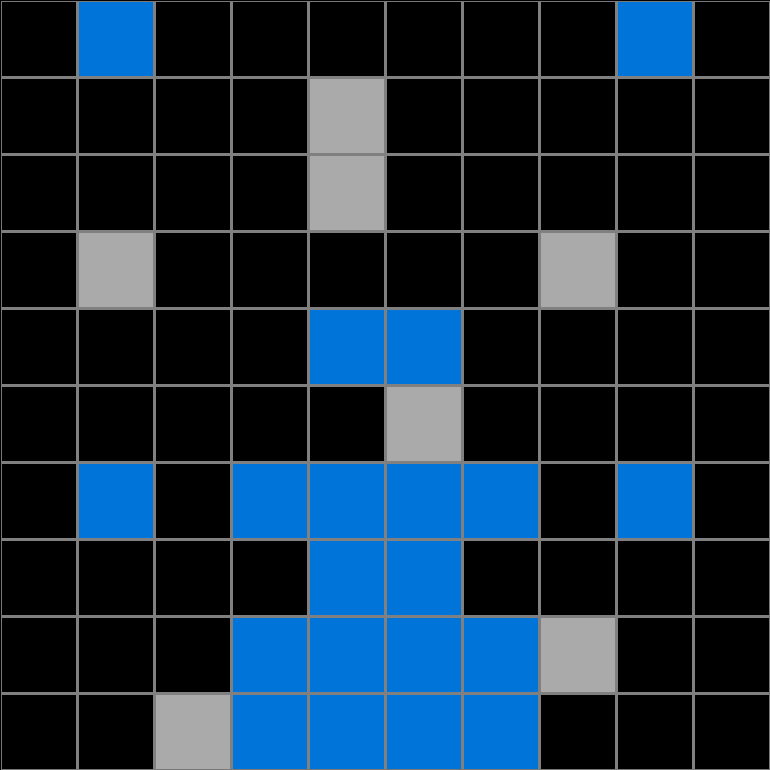
Participant 8
Initial description: The rule is to transform the output to be centered and symmetrical to the grid.
Final description: The solution was to make the grid centered and symmetrical using one color to the grid and only filling in the squares that made the grid centered and symmetrical.
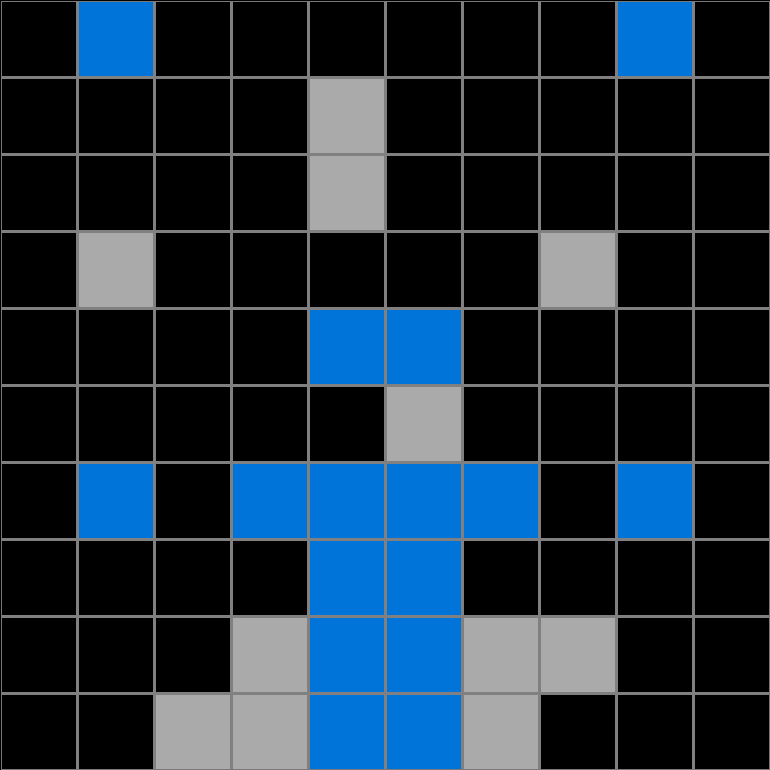
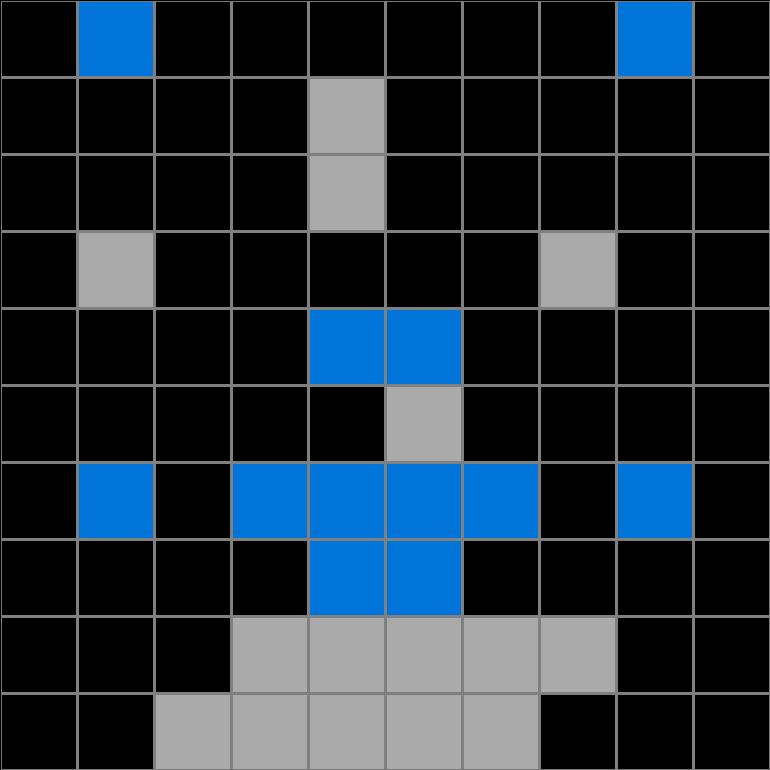
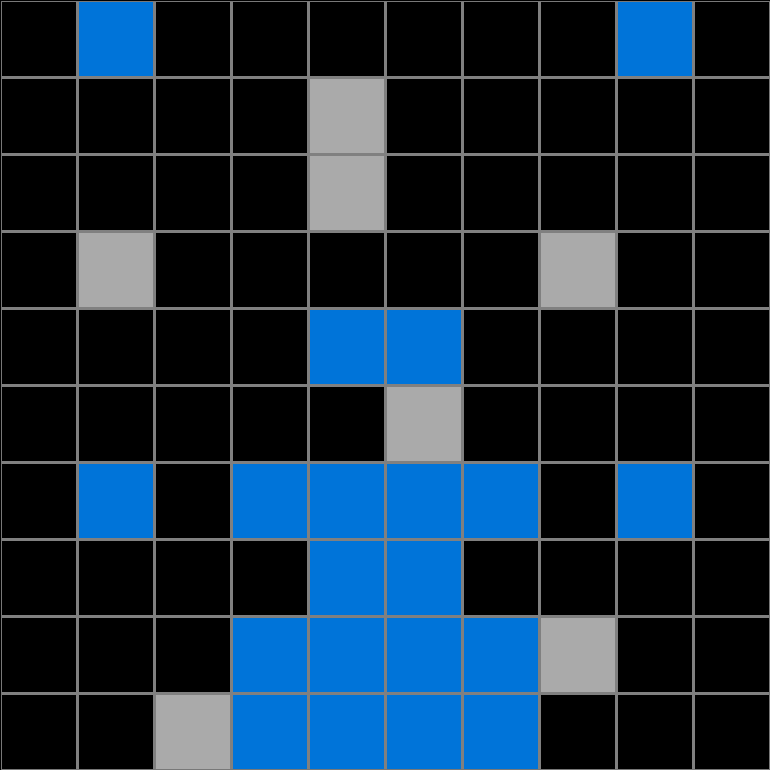
Participant 9
Initial description: to add blue color to all of the squares that are symmetrical
Final description: I made all of the squares blue that formed a symmetrical design

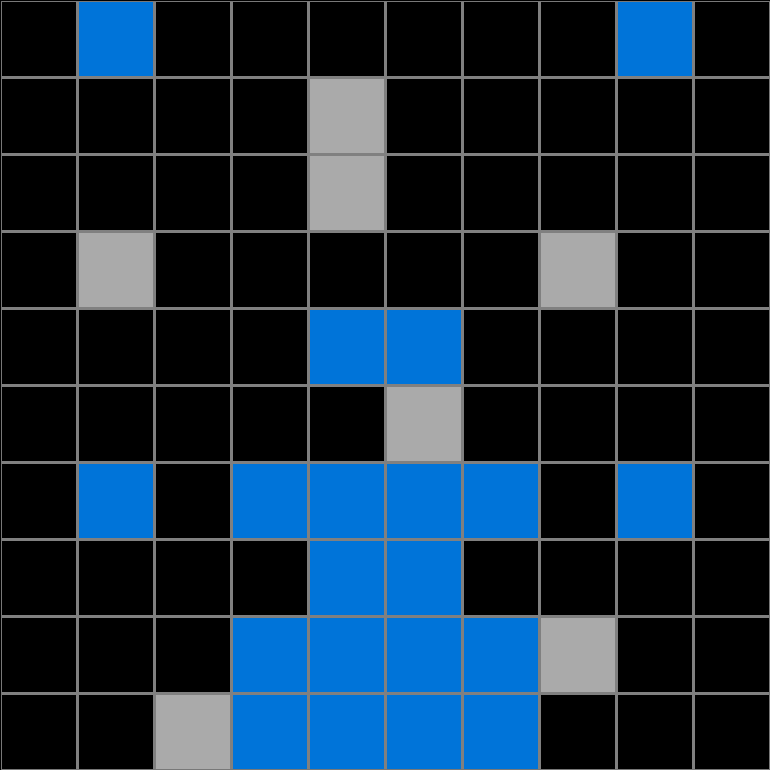
Participant 10
Initial description: choose blue tiles based on the examples
Final description: I have no idea

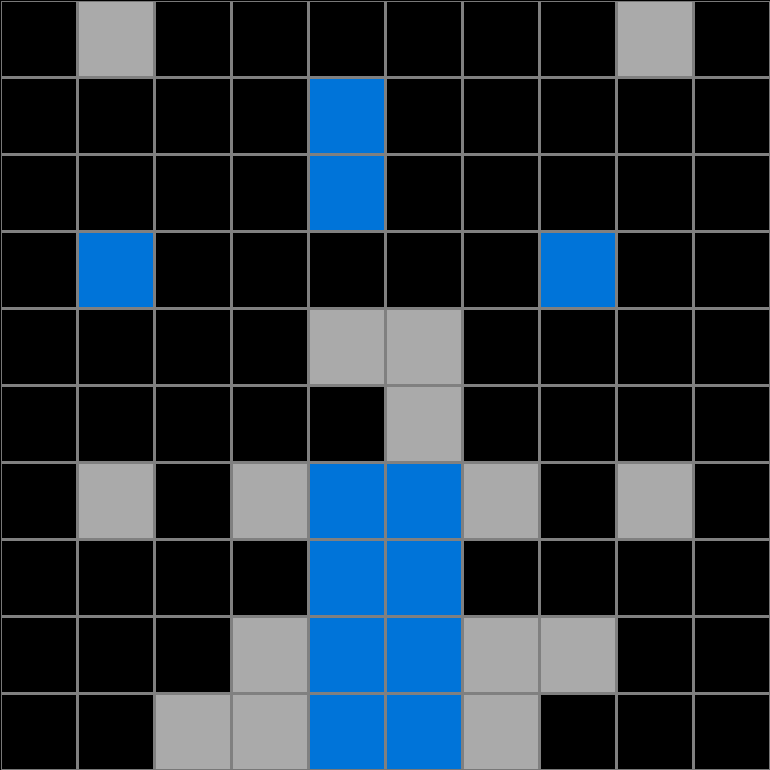
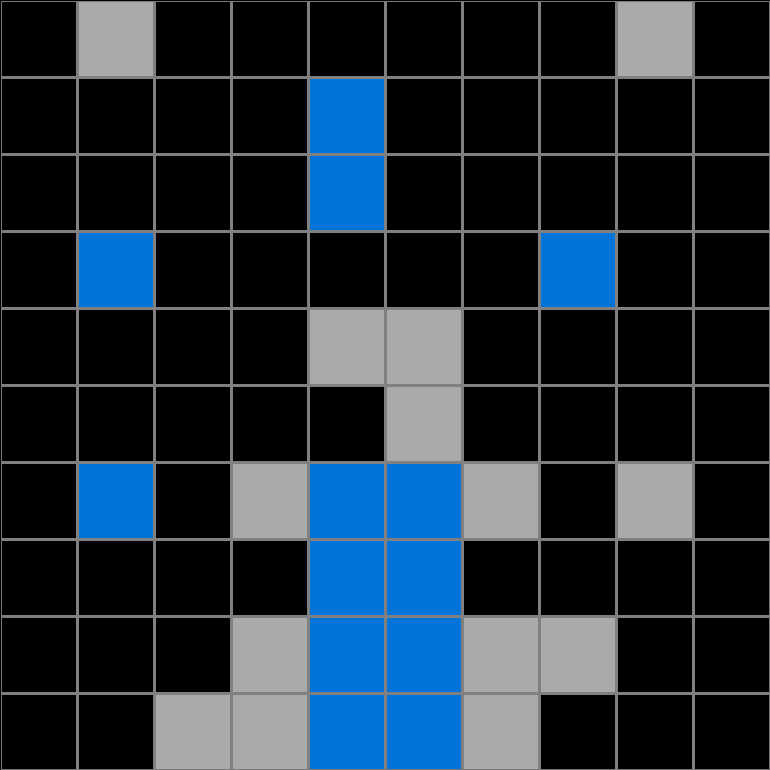
Participant 11
Initial description: If there are 2 gray boxes on row 1, everything on rows 4 and 5 are blue
Final description: that the rows which will be blue were dependent on how many gray boxes were on the first row

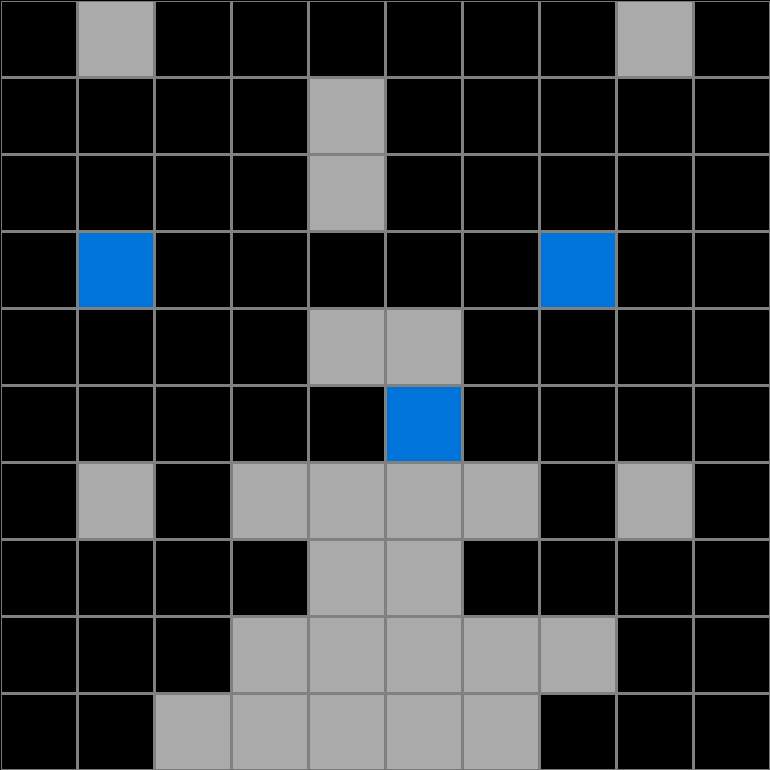
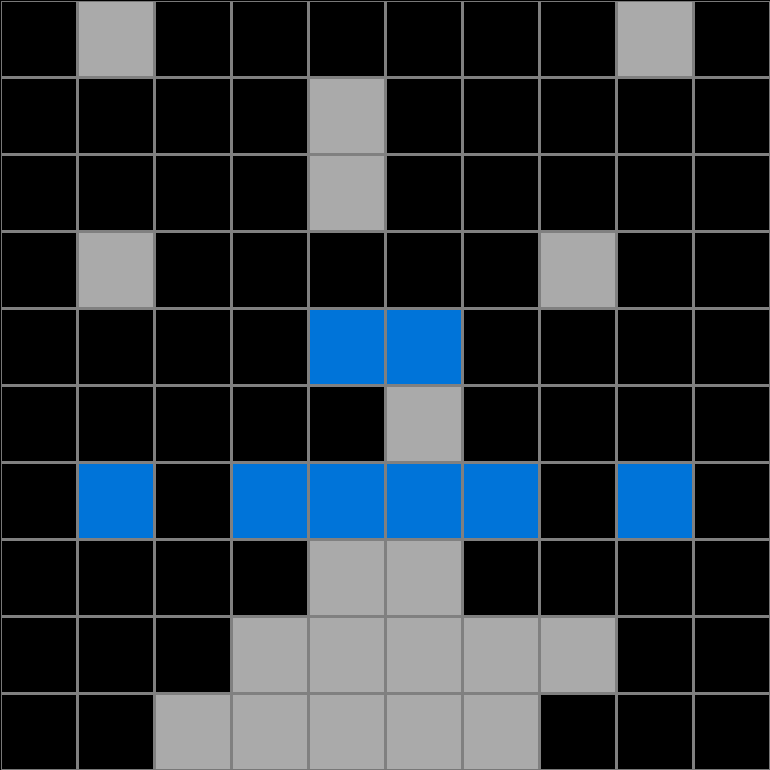
Participant 12
Initial description: I tried to color in the middle parts of this test case and leave the outer portions gray.
Final description: I went with the inner parts of the grid being blue with the outer parts being gray.

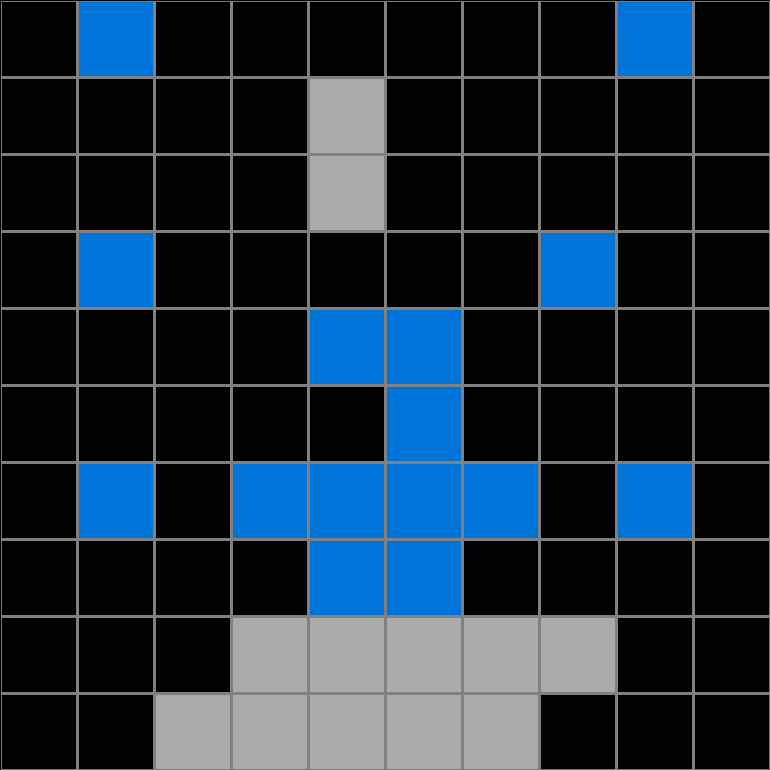
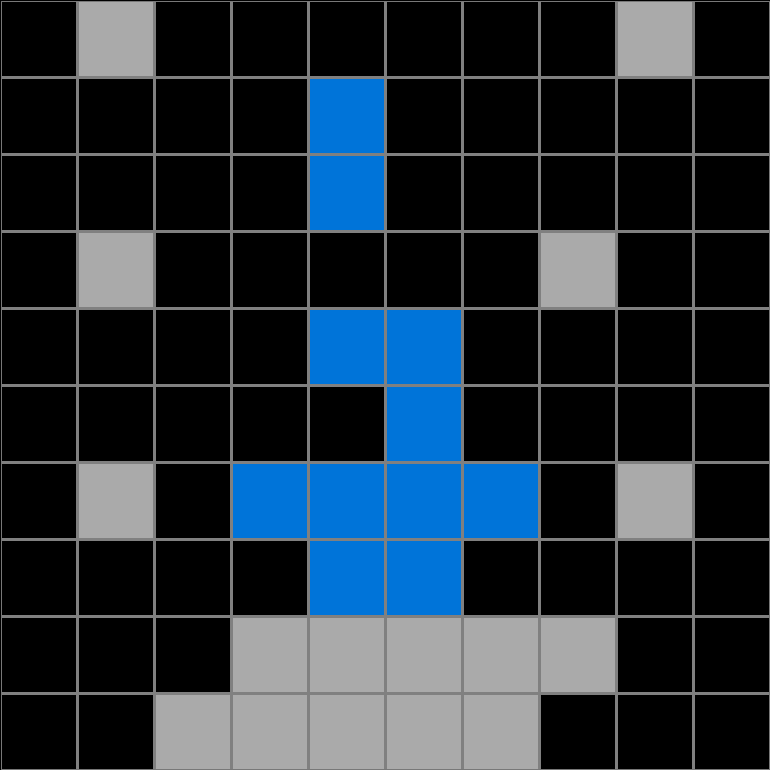
Participant 13
Initial description: Take a little bit from each example output
Final description: Opposite of Example Outputs


